The Wing Chun wooden dummy (aka Wing Chun dummy or Ip Man wooden dummy) is a solo training device used in Wing Chun Kung Fu and other Chinese martial arts. The Wing Chun dummy is designed for to teach a Wing Chun student things such as range (distance), proper positioning (hands, body and footwork), fluidity from move to move and to refine the precision of Wing Chun movements.
What are the benefits of training with the wooden dummy?
The Wing Chun dummy is “the best solo training device for Wing Chun” because you can’t always find a training partner ready and available to stick their arms out while you practice your Wing Chun techniques.
The Wing Chun dummy teaches you to develop position, footwork, structure, efficiency, angles for deflection, precision, fluidity, coordination, simultaneous attack and defense and more. With the Wing Chun dummy, you learn to move around their pressure in order to practice simultaneously attacking and defending.
The arms and leg on the dummy represent obstacles, or “pathways of pressure” from someone while they attack you. You learn to move around the dummy’s arms and legs to get to postions of leverage. As you practice this, the dummy teaches you what proper positioning feels like.
That way it teaches you to learn to what it feels like to use your structure and leverage against bigger, stronger opponents. When you make contact with the dummy, you are given immediate feedback regarding the solidity of your structure.
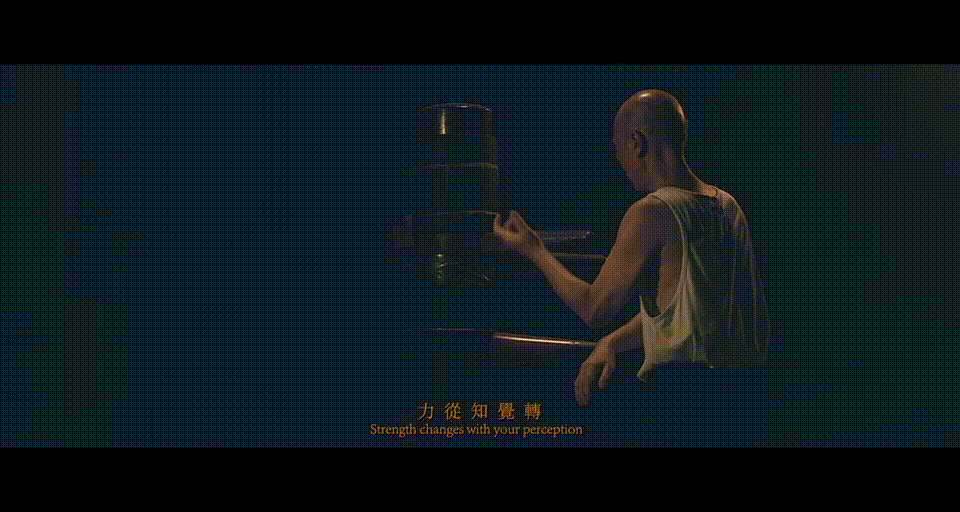
Trace history
As early as 2,000 years ago, monks at Shaolin Temple in China have used this intelligent training tool to improve their martial arts education. According to legend, the Southern Shaolin Temple in Fujian invented this man-made sparring partner.
There are 108 wooden puppets in one corridor, and they have 108 attacking postures, said William Cheng, a Wing Chun expert. These monks often come out of the temple to practice their offensive and defensive skills with these puppets.
Three centuries ago, the temple was in ruins. Among the survivors was a nun named Nenghui. She created a new training device based on the principles of these wooden dummies. “This wooden dummy has three arms and one leg, and can achieve 108 movements as demonstrated by the original 108 wooden dummies, said Coach Cheng.
There is a saying that the wooden dummy was invented by Qi Jiguang.
In the practice of martial arts, Qi Jiguang discovered that the development of kinesiology is the key to improving training skills.
However, Qi Jiguang’s martial arts are unparalleled in the world, and he can’t find a sparring partner. So the wooden dummy was invented.
In the past, dummy stakes were made from a large tree trunk, some nine feet high with a tapered bottom.
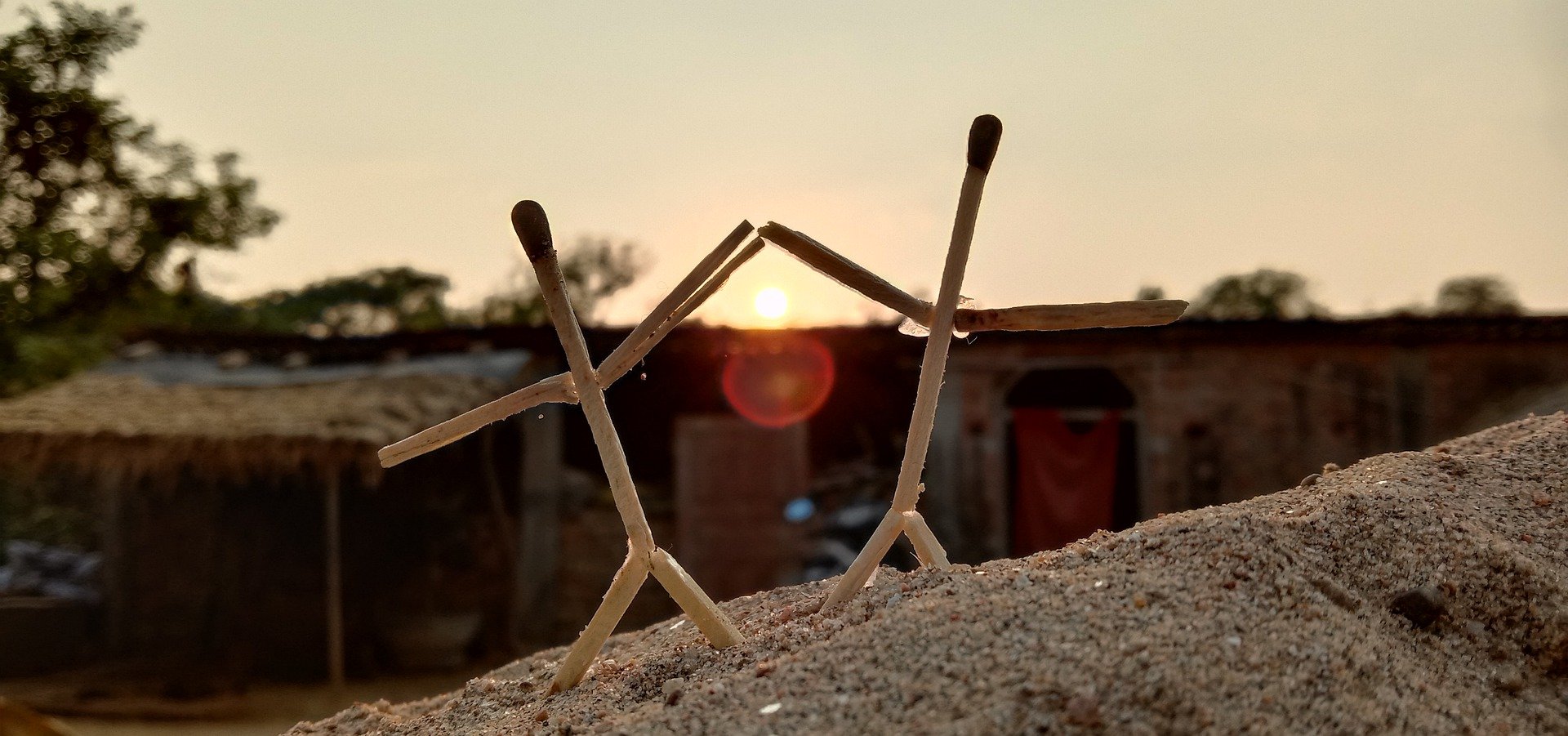
In the traditional Shaolin Kungfu, the purpose of confronting the wooden dummy is to train people’s strength to prepare for the challenge. While some martial artists are still keen on it today, Wing Chun does not recommend it. Instead, it uses wooden dummy stakes to train people’s ability to weaken the enemy’s attack. This is important, especially for those who have to deal with someone taller or stronger than themselves, and for those who want to train their defenses.
It is said that there is a wooden alley in Shaolin Temple. If this legend is true, Wooden Man Alley is probably a row of differently constructed wooden figurines used for intensive training. We believe that the earliest wooden dummy stake may have been an upright wooden stake to replace the practitioner’s opponent.
Later, early Wing Chun masters improved these devices until now they have three hands and one foot. The wooden dummy method should be very simple at first, and after improvement, it will eventually become a complete and systematic wooden dummy method
It is said that in the early years of Ip Man, Wing Chun was just introduced to Foshan. At that time, there were 140 movements in the wooden routine method, which were divided into ten sections according to different training purposes.
Later, Ip Man went to Hong Kong to teach apprentices (it needs to be pointed out that before this, Wing Chun kung fu had been secretly circulated, and it was the first time that Ip Man started to promote Wing Chun and teach it publicly), and felt that the wooden dummy method was too complicated and too complicated. So they rearranged them into 108 type (108 coincides with astrology, so the Chinese prefer this number). However, after several years of practice, Ip Man found that the 108 movements were not enough to cover the most important part of the wooden dummy method, so he finally reassembled these techniques into 116 movements.
The 116-style wooden dummy method is divided into 8 sections, as follows:
-
Section 1:
Ten moves Starting from the left pose, it mainly includes fighting pose, neck-climbing hand, left and right hand spread, horizontal palm and middle hand. This section focuses on footwork posture.
- Section 2:
Ten move:. from the right.
-
Section 3:
Ten Actions: Start with clapping. The focus is on the changes in the clapping of the inner and outer doors. This section also provides effective offensive and defensive palming exercises.
- Section 4:
Nine Actions: From the side palm up. The importance of this section is the change in the hand and the fit with the side braces. Emphasis should be placed on the application of the technique of throwing and rushing. When being strongly suppressed by the opponent, you should immediately counterattack with your hands or legs.
- Section 5:
Twenty-one actions: Start with two hands. In this section, practitioners can learn how to sneak inside an opponent’s defenses and attack their weak spots subtly. For example, the practice of circling the hand and the practice of going around to the opponent\’s side to attack.
- Section 6:
Fifteen moves: Start from the hand. This section mainly practice the application of holding row hands.
- Section 7:
Fifteen moves: Start from left to right. The emphasis is on the change from the big hand to the hand and the use in conjunction with other attacking palms. The last part of this section focuses on practicing the application of the cross leg and footwork variations. Cross-legged is the most tactical kick in Wing Chun.
- Section 8:
Twenty-six actions: Start from the left and right lower arms and end in the closing posture. This section contains most of the leg techniques.
There are various theories about the origin of the wooden dummy pile, and there is no authoritative proof. My preferred theory is that the red boat of Cantonese opera was used to insert the mooring rope in the water when it was docked, and it was usually erected on the boat to join the bridge hand to practice.
Nowadays, the most popular wooden figurines in Foshan are those left by Ye Wen and Peng Nan. The piling methods created by Mr. Cen Neng based on the ideas of Ruan Qishan and Zhang Bao are also circulated in a small area. Yao Cai’s Wing Chun School used to practice bamboo stakes instead of wooden figurines.
Fortunately, Yao Cai’s descendants kept pace with the times and created their own wooden figurines.
In the early 1980s, Peng Nan was the first to set up a wooden stump at the entrance of the Jingwu Association to teach Wing Chun to the public. The size of many wooden figurines sold on the market is that later people went to Jingwu to measure the stake. As far as I know, the size of the two upper bridge hands is a little bit different, but everyone spreads it based on falsehood, and it is a convention.
After Ye Wen went to Hong Kong in the 1960s, he drew the size of the wooden figurines in Foshan according to his memory. Several early disciples made the wooden figurines. Since then, there have been wooden figurines in Hong Kong, and they have since spread to the world. . It is said that at the time, Ye Wen was very serious about the wooden dummy method, and even Bruce Lee’s proposal to make a film with a lot of money was rejected. But at that time, someone still took a video of Ye Wen’s demonstration of the pile method. There are 108 common wooden pilgrims, but I believe it was formed by Ip Man’s generation, and there should not be so many movements in Ryazan at that time. Empty piles are also called pile shadows, and not everyone has them.
Foshan Piling Shadow is the first to recommend Brother Guo Weizhan (Guo Fu), which is widely recognized.
Master Zhang Zhuoqing’s piling method embodies the Wing Chun style of Master Yip Man in the later period.
It is simple, focusing on point-to-point “eating positions”, which is very suitable for lazy people like me to practice. This is a new product, and it is believed that it will soon enter the public’s family. The wooden dummy is also undergoing changes.
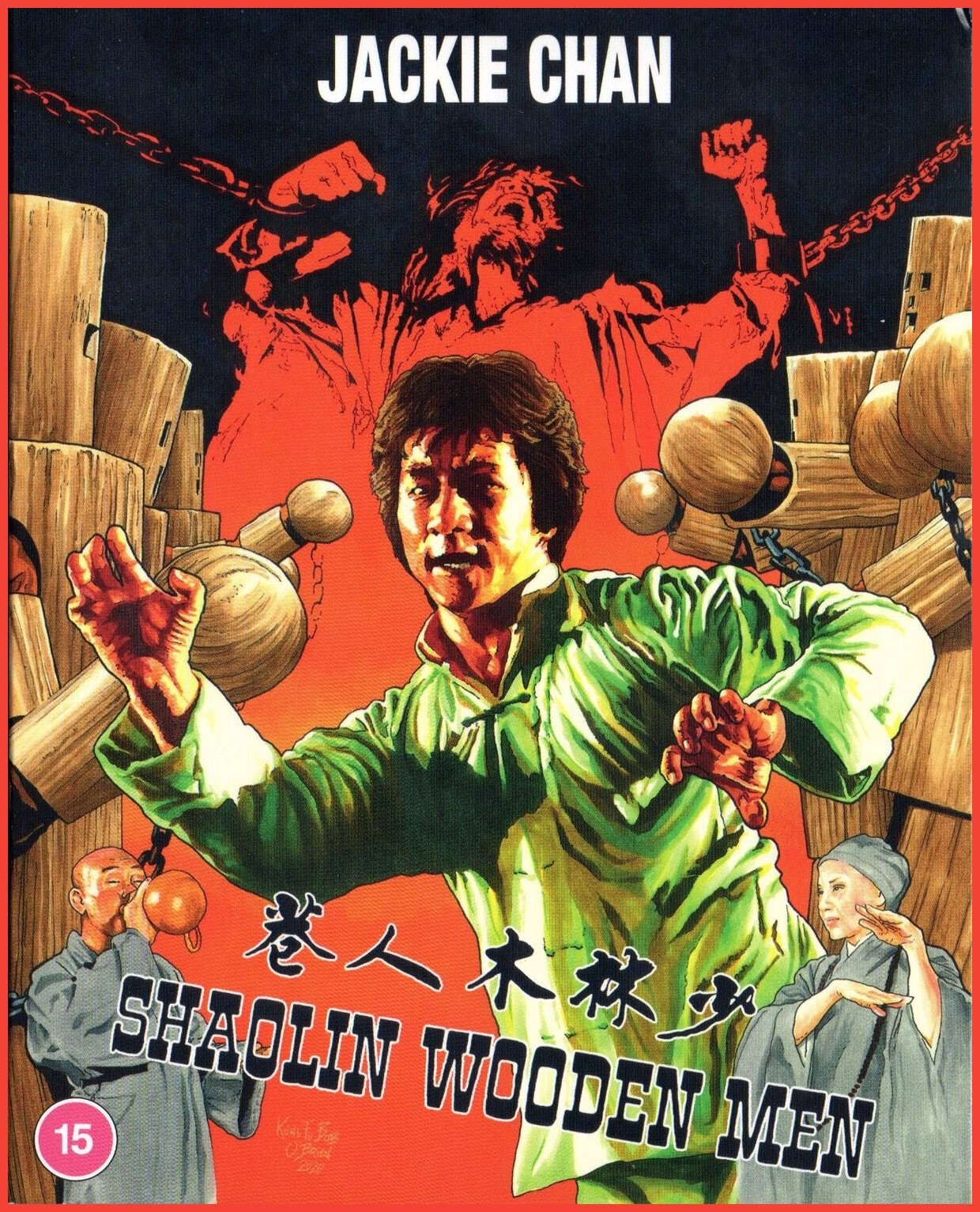
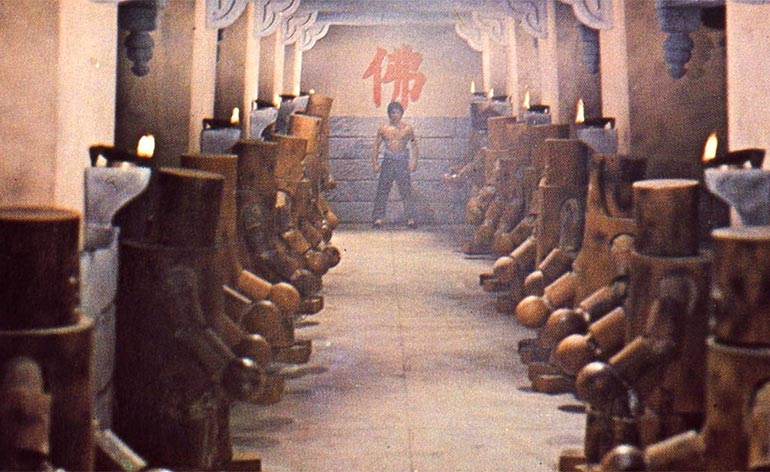
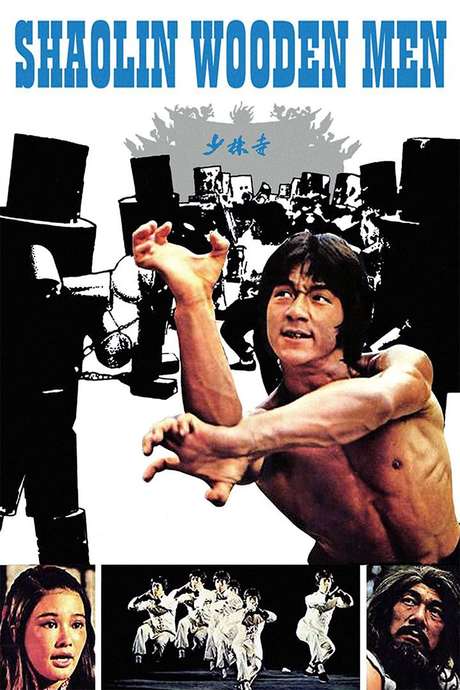
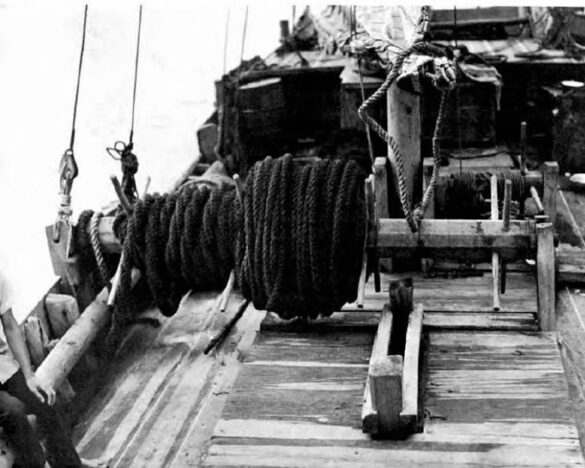
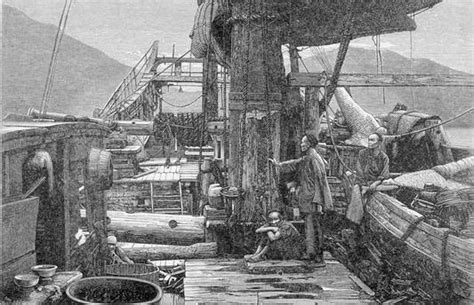
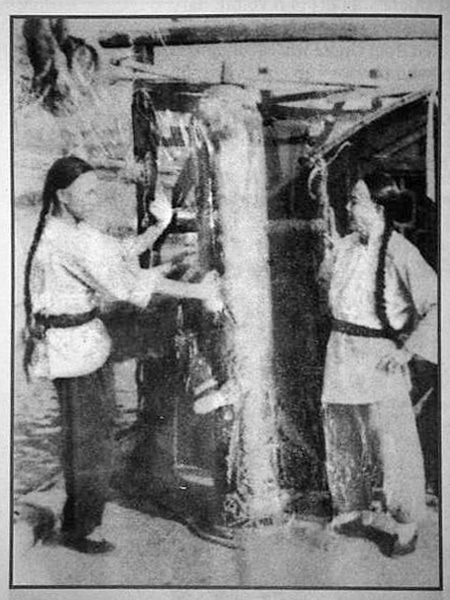
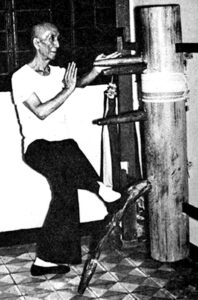
1 comment
How can I become a student? I study Wushu and various weapons. I love this style for life and film